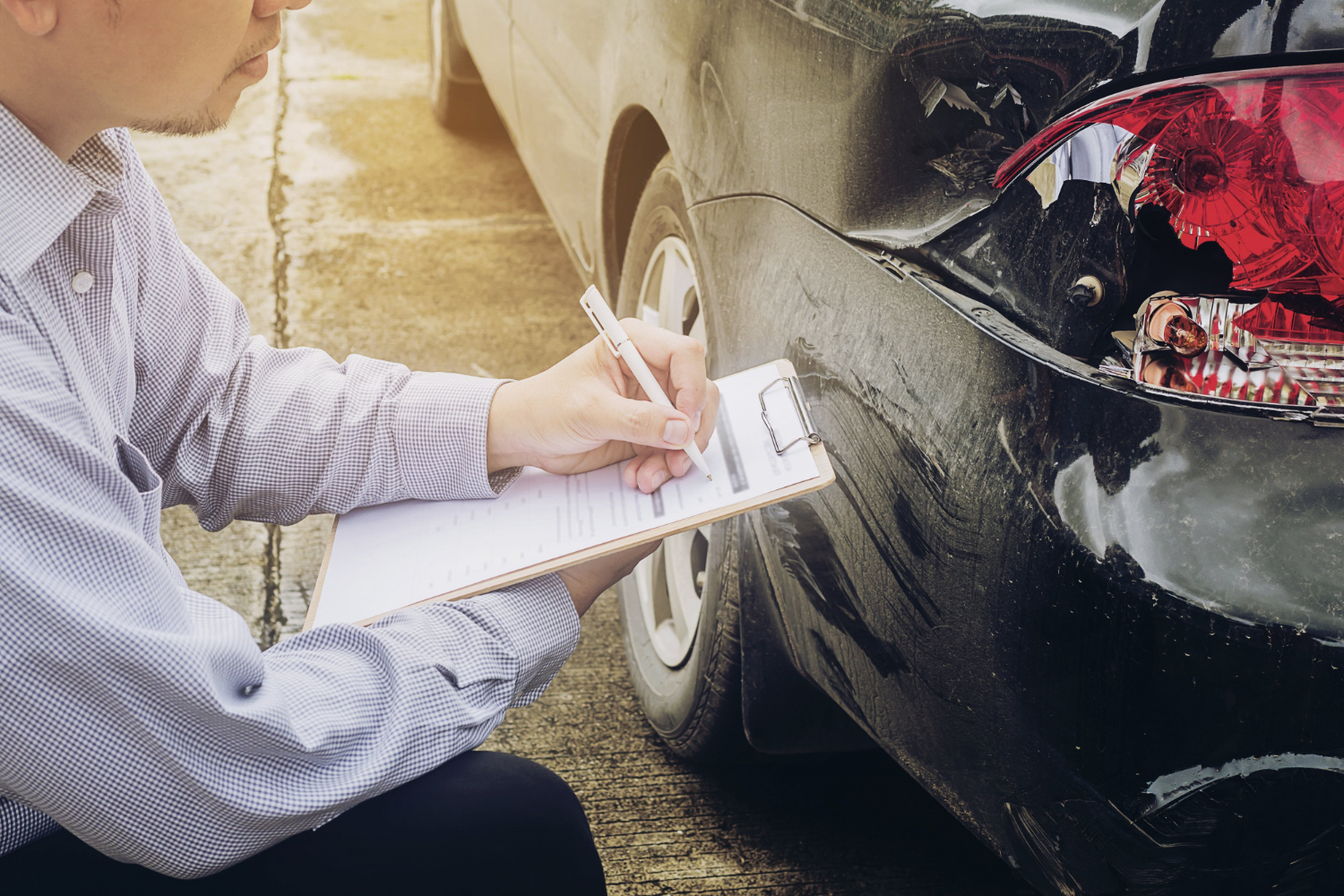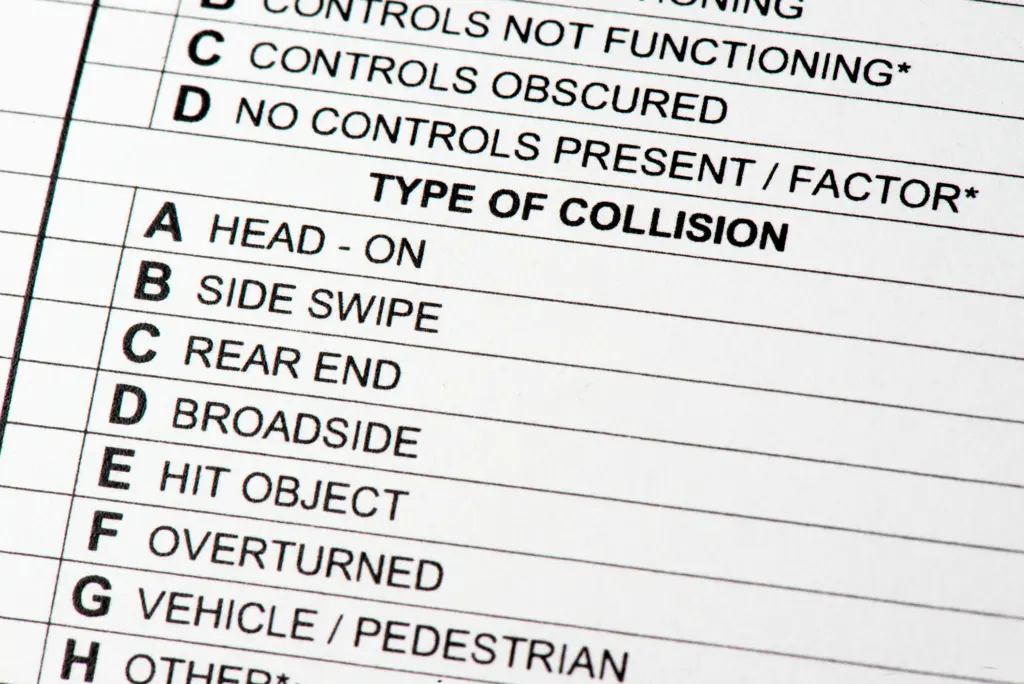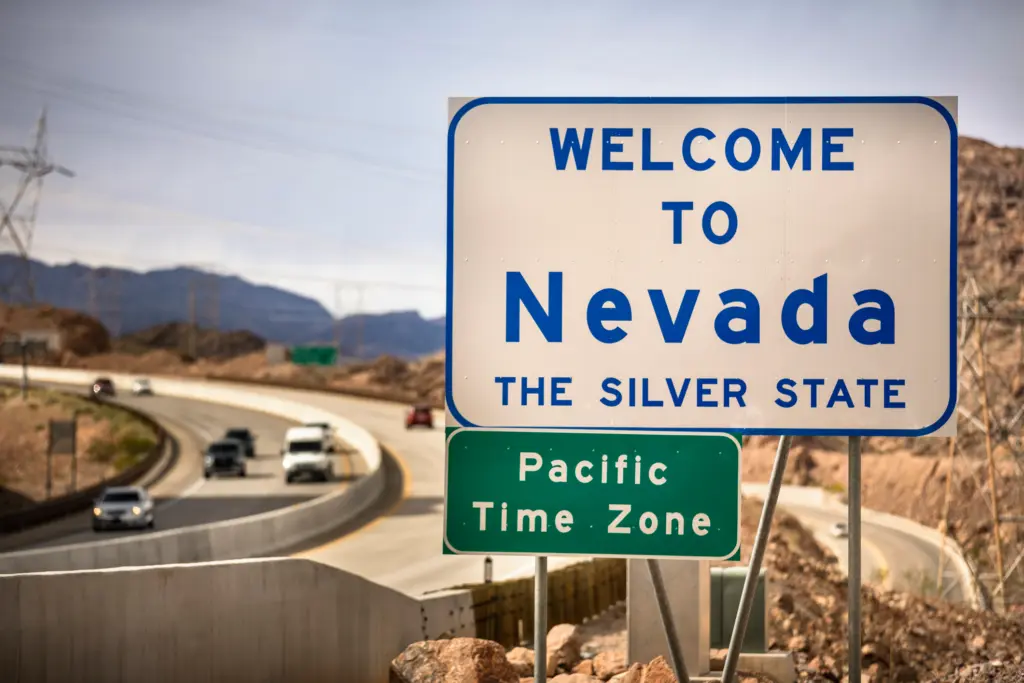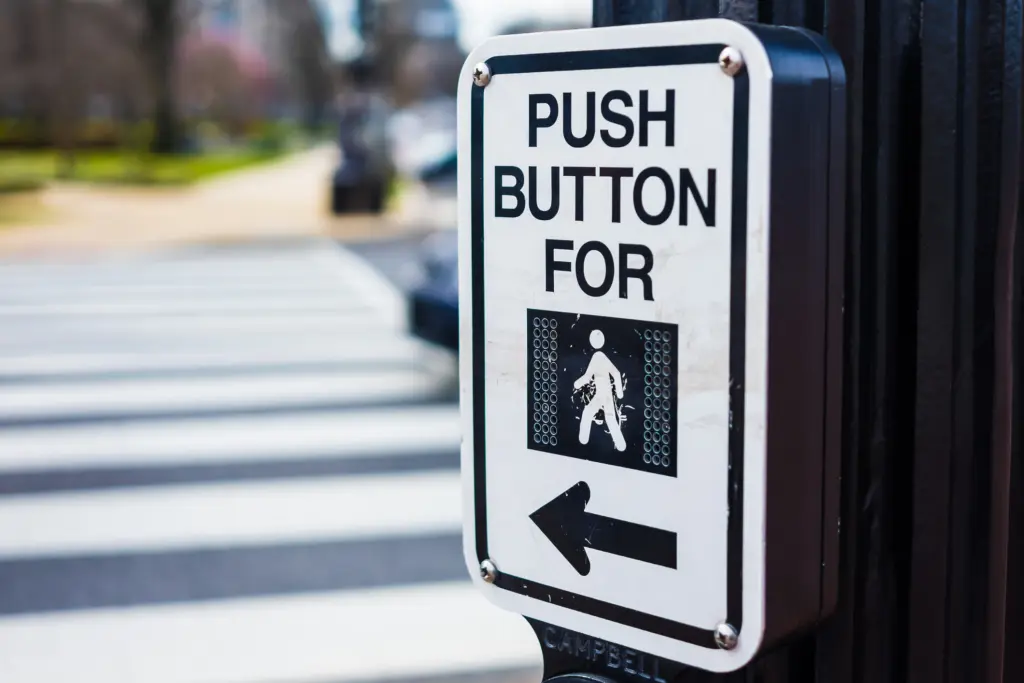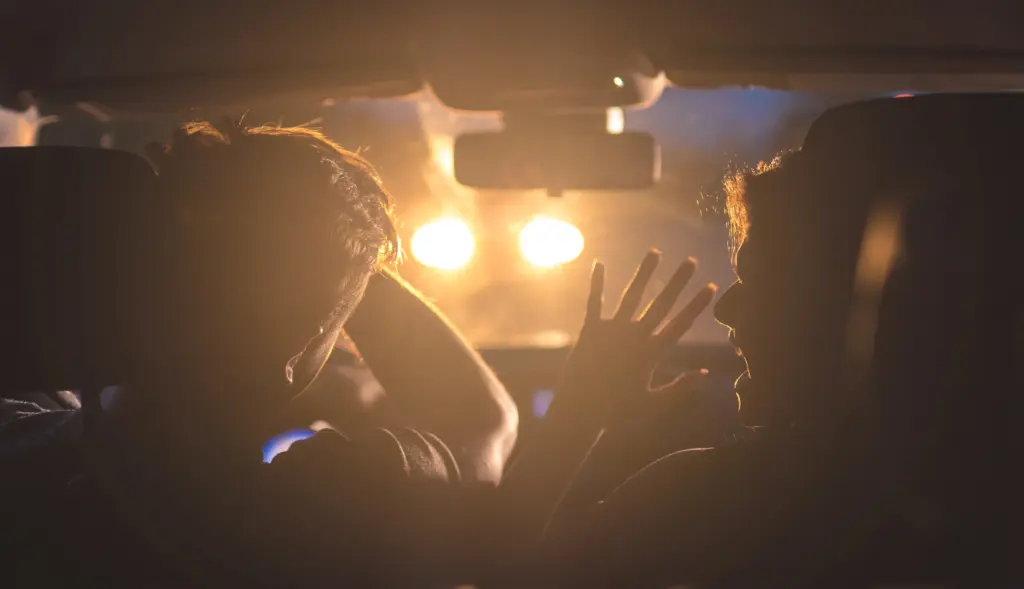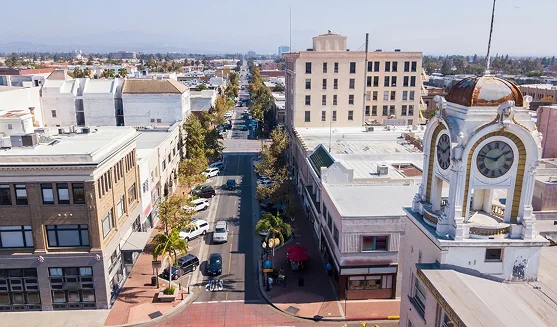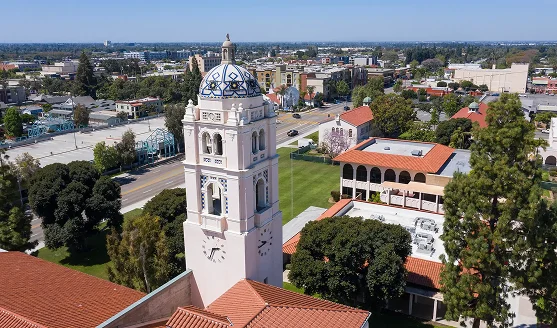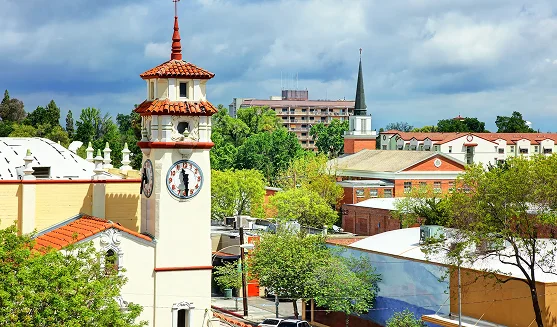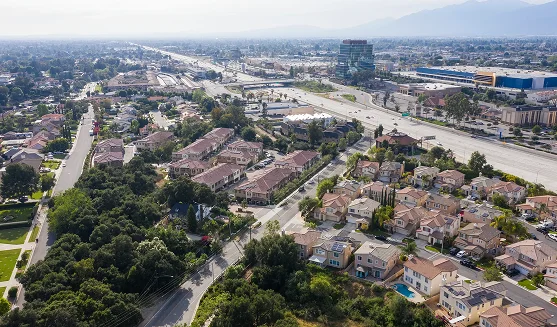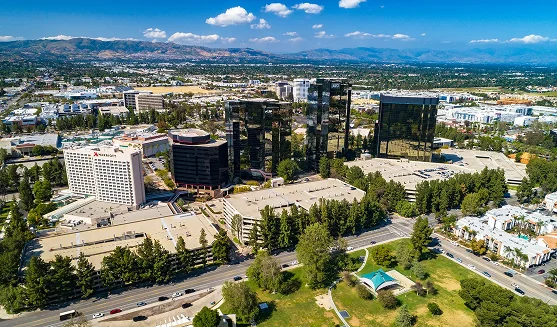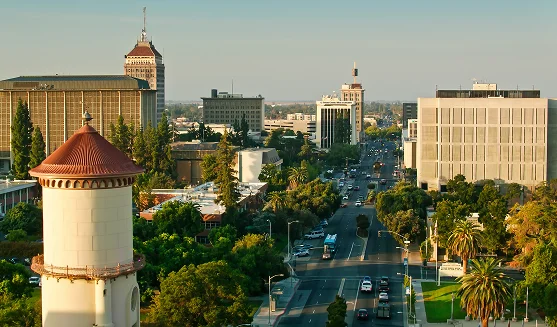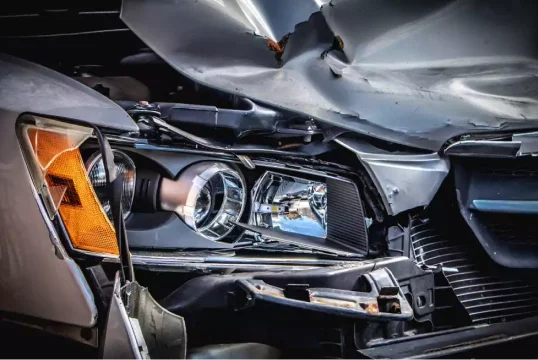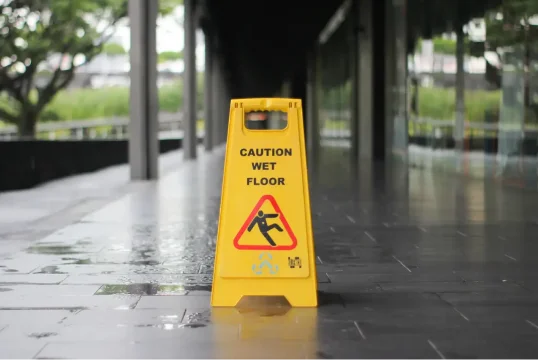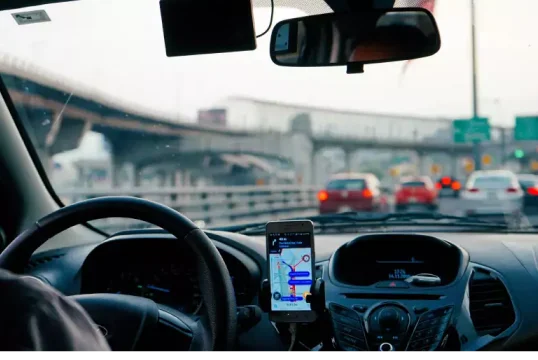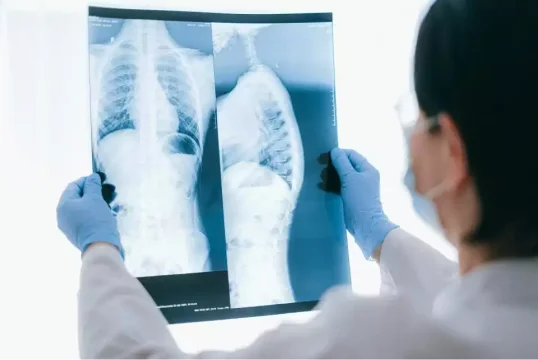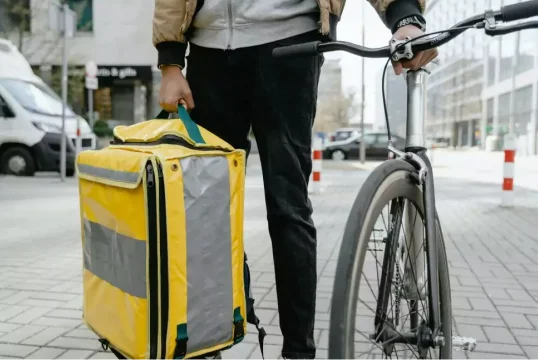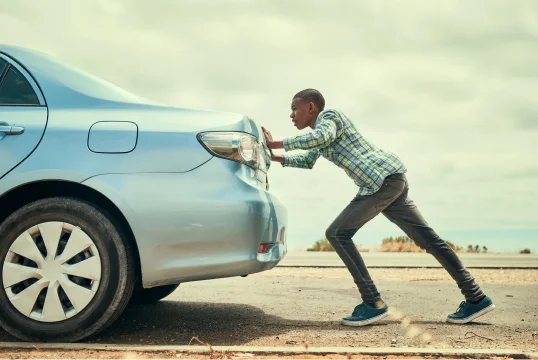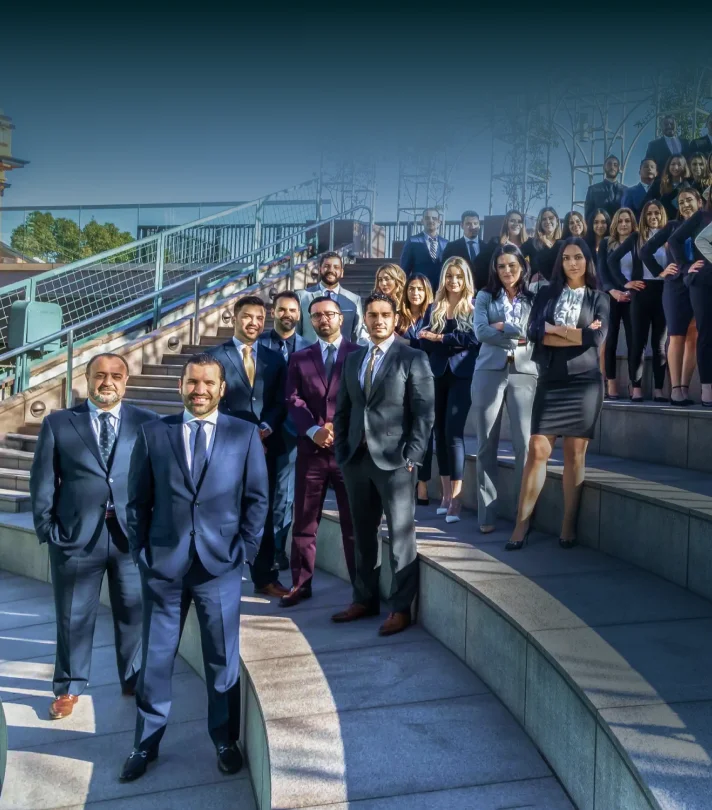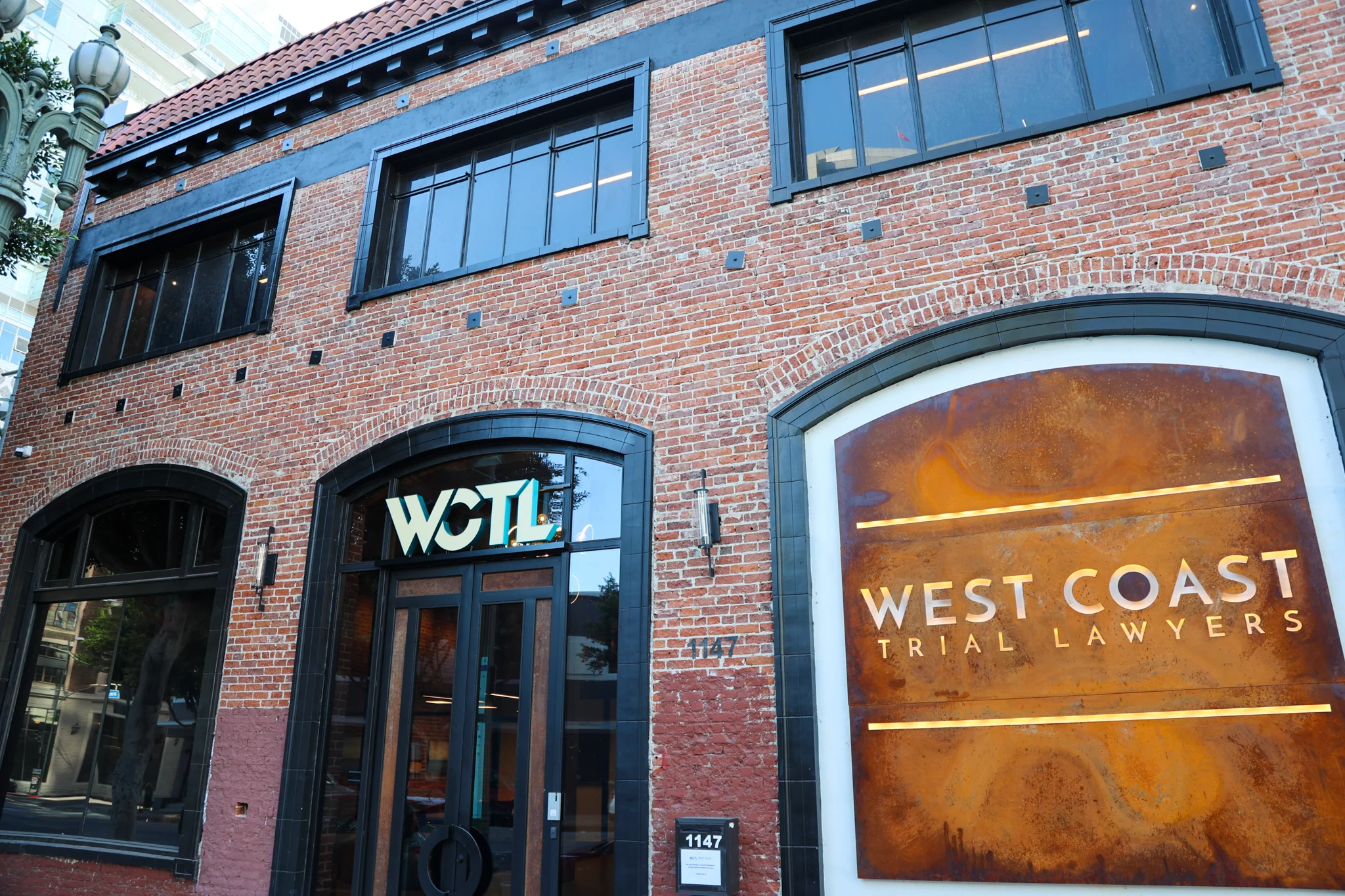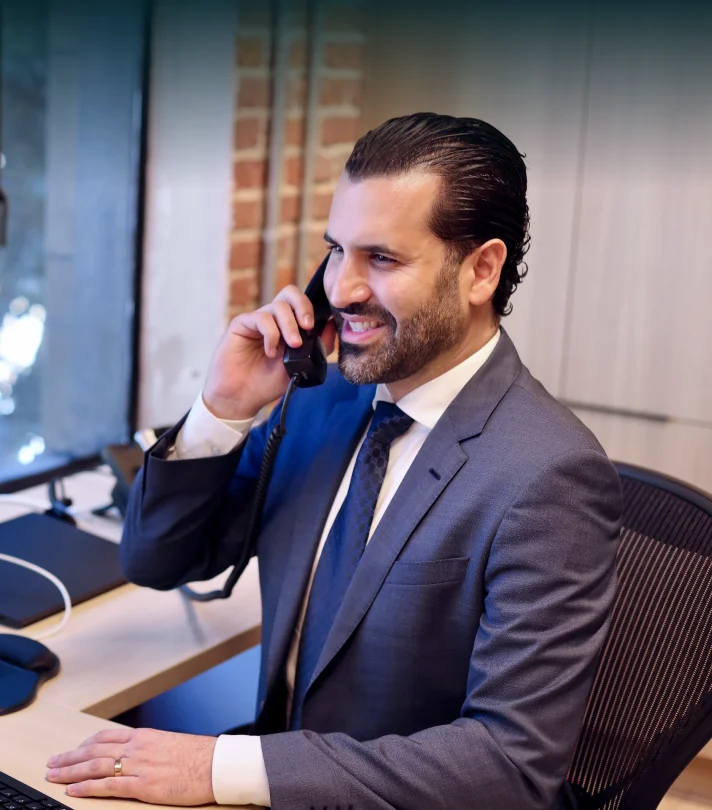TL;DR: California follows a pure comparative negligence system. That means if you’re partly at fault in a car accident, you can still recover damages—just reduced by your percentage of fault. This article explains how it works, how fault is calculated, and how to protect your claim.



506 REVIEWS
This is my first time needing a lawyer and I couldn't believe how helpful these guys were! They were very professional, quick and easy to work with! I even came to the office to pick up my check and the receptionist was very nice and even offered me water (it was a hot day). I would 100% recommend this team and come back for their services!
Nancy N.


308 REVIEWS
oast Trial Lawyers. Each attorney who has worked on my case showed professionalism, good communication skills, and compassion towards me. I was also satisfied with the pay I received for each case.
Micheal Swarz


308 REVIEWS
Exceptional service from start to finish! The team at West Coast Trial lawyers handled my personal injury case with professionalism, compassion, and expertise. They kept me informed every step of the way and fought tirelessly to ensure I received the compensation I deserved. I highly recommend their services to anyone in need of legal representation for personal injury cases. 5 stars!
Andre Hinojos


308 REVIEWS
I was involved in car accident last summer while taking my kid to school. It was my first accident so I was extremely nervous and scared. After venting out several law firms, I went with West Coast Trial Lawyers. From the start, till the very end, I was always connected and in touch with my attorney, the process was a lot easier than I thought and I am happy to say everything went better than expected with my case!! Thank you to the entire staff!
Charles Thompson


497 REVIEWS
This is a great firm that gets it done. When my brother was killed in an auto/bike accident we contacted West Coast Trial Lawyers and they handled our case and even got us a really great setttlement based on the situation and circumstance. We know no one could have done a better job.
Meck Giinan

506 REVIEWS
This is my first time needing a lawyer and I couldn't believe how helpful these guys were! They were very professional, quick and easy to work with! I even came to the office to pick up my check and the receptionist was very nice and even offered me water (it was a hot day). I would 100% recommend this team and come back for their services!
Nancy N.

308 REVIEWS
oast Trial Lawyers. Each attorney who has worked on my case showed professionalism, good communication skills, and compassion towards me. I was also satisfied with the pay I received for each case.
Micheal Swarz

308 REVIEWS
Exceptional service from start to finish! The team at West Coast Trial lawyers handled my personal injury case with professionalism, compassion, and expertise. They kept me informed every step of the way and fought tirelessly to ensure I received the compensation I deserved. I highly recommend their services to anyone in need of legal representation for personal injury cases. 5 stars!
Andre Hinojos

308 REVIEWS
I was involved in car accident last summer while taking my kid to school. It was my first accident so I was extremely nervous and scared. After venting out several law firms, I went with West Coast Trial Lawyers. From the start, till the very end, I was always connected and in touch with my attorney, the process was a lot easier than I thought and I am happy to say everything went better than expected with my case!! Thank you to the entire staff!
Charles Thompson

497 REVIEWS
This is a great firm that gets it done. When my brother was killed in an auto/bike accident we contacted West Coast Trial Lawyers and they handled our case and even got us a really great setttlement based on the situation and circumstance. We know no one could have done a better job.
Meck Giinan
What Is Comparative Negligence?
Comparative negligence is a legal principle that allows more than one person to be at fault for an accident. In pure comparative negligence states like California, each party can recover damages minus their share of fault.
Example: If you’re awarded $100,000 in damages but are found 30% at fault, you’ll receive $70,000.
Pure vs. Modified Comparative Negligence
California uses a pure system, meaning you can still recover damages even if you’re 99% at fault. In contrast, modified comparative negligence states bar recovery if your fault exceeds 50%.
How Is Fault Determined?
Fault percentages are typically assigned by:
- Insurance adjusters during claims
- Police reports or citations
- Eyewitness statements
- Dashcam or surveillance footage
- Court decision if the case goes to trial
Fault is not final just because an adjuster assigns it. You can challenge fault determinations.
Common Examples of Shared Fault in California
- Rear-End Collision: Front driver has broken brake lights
- Pedestrian Accident: Pedestrian jaywalks but driver was speeding
- Left-Turn Crash: Oncoming driver was texting when hit
In each of these, fault could be shared—and settlements adjusted accordingly.
Steps to Maximize Your Claim Under Comparative Negligence
- Document the scene with photos, videos, and witness contacts
- Seek medical care immediately and keep records
- Avoid giving recorded statements without legal advice
- Challenge inaccurate fault assessments with evidence
- Consult an experienced car accident lawyer
California’s statute of limitations is 2 years from the date of the injury—but exceptions exist if symptoms appear later.
Client Success Stories
Los Angeles: A driver was rear-ended and initially blamed 40%. We reduced their fault to 10%, recovering $225,000.
Fresno: A pedestrian was found 60% at fault for jaywalking. Our team proved driver negligence and secured a 40% recovery of medical costs and pain and suffering.
Sacramento: A left-turn driver was assigned 70% fault. We successfully argued the oncoming driver was distracted, reducing fault to 30% and negotiating a $150,000 settlement.
Feeling Stressed About Shared Blame?
Take a deep breath. Write down your version of what happened. This helps keep your facts straight—and your emotions steady. We’ll handle the legal fight, so you can focus on healing.
Don’t Let Shared Fault Cost You Everything
Insurance companies use comparative negligence to pay you less. But they don’t get the final word. We know how to push back—and pursue every dollar you deserve.
No Win, No Fee. Contact us now for your free consultation.
— Neama Rahmani, Esq., President of West Coast Trial Lawyers
Neama Rahmani, a Harvard-educated attorney with over 20 years of experience and California Bar No. 240613, has recovered more than $1.7 billion for accident victims. Meet our attorneys, read real client stories, or verify Neama’s State Bar credentials.
This article is for informational purposes only and does not constitute legal advice. Always consult a qualified attorney for advice specific to your situation.
